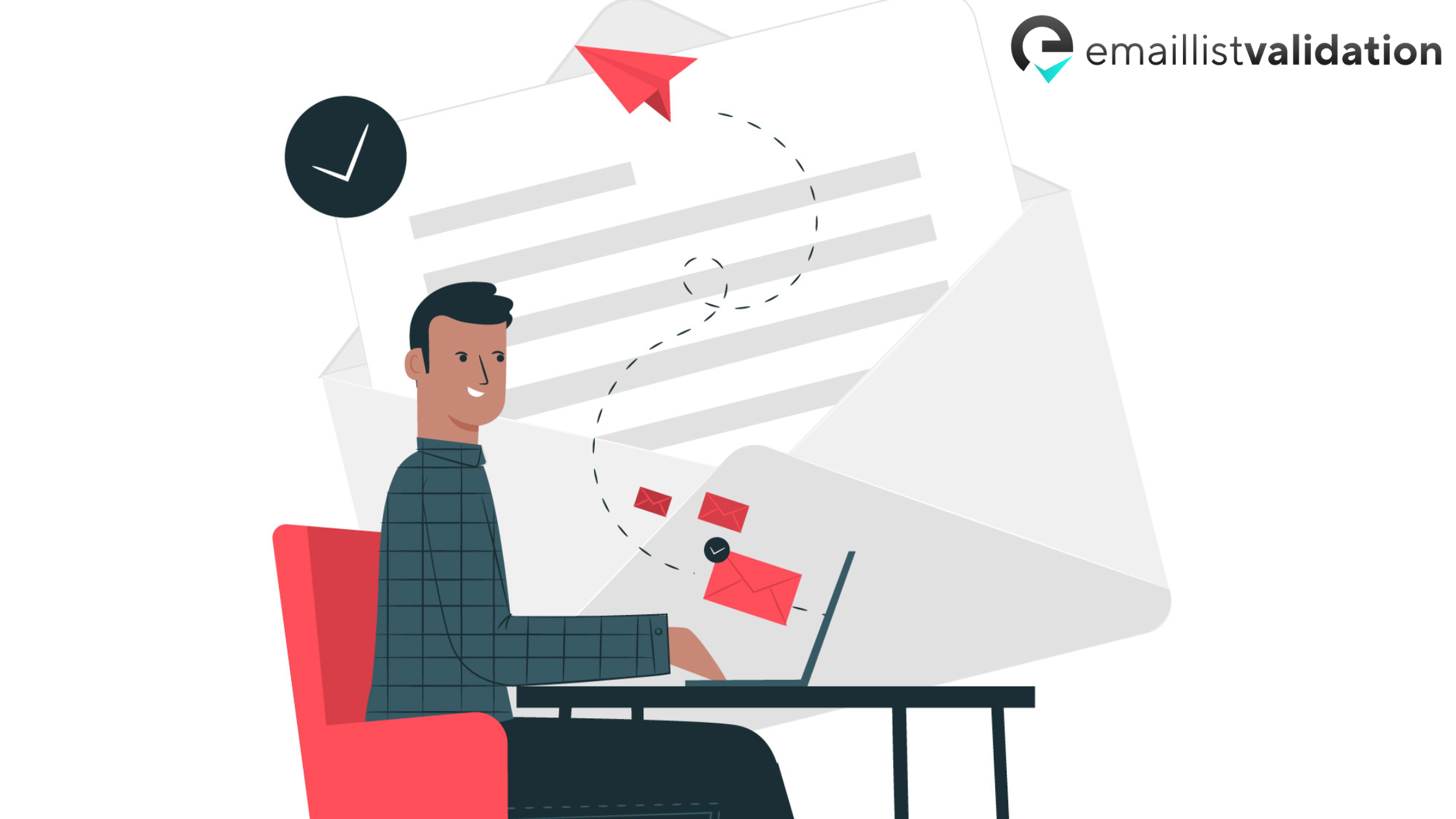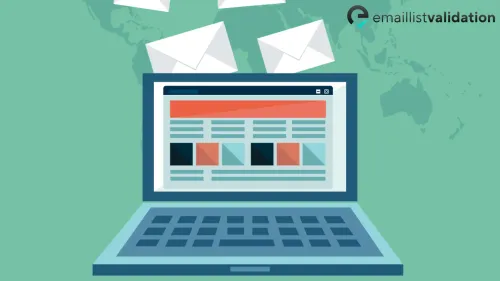Are you struggling to write effective B2B emails that convert? Look no further! In this comprehensive guide, we will cover everything you need to know about writing B2B emails that get results.
Understanding Your Audience

The first step in writing effective B2B emails is understanding your audience. Who are you writing to? What are their pain points? What are their goals? Once you have a clear understanding of your audience, you can tailor your message to resonate with them.
Subject Lines
The subject line is the first thing your recipient will see, so it's important to make it count. Keep it short and to the point, and make sure it accurately reflects the content of your email. Avoid using spammy words or phrases, as this can trigger spam filters and decrease your open rates.
Personalization
Personalization is key in B2B emails. Address your recipient by name, and use any relevant information you have about them to make your message more relevant. This could include their job title, company name, or recent activity on your website.
Body Copy

The body copy of your email should be concise and focused. Use short paragraphs and bullet points to make your message easy to read. Make sure your message is clear and to the point, and avoid using jargon or technical language that your recipient may not understand.
Call to Action
Your call to action (CTA) is the most important part of your email. Make it clear and compelling, and use action-oriented language to encourage your recipient to take the desired action. Make sure your CTA stands out visually, and consider using urgency or scarcity to create a sense of urgency.
Follow-Up
Following up is key in B2B email marketing. If you don't get a response to your initial email, don't give up! Send a follow-up email a few days later to remind your recipient of your message and encourage them to take action.
Conclusion
Writing effective B2B emails takes time and effort, but the results are worth it. By understanding your audience, personalizing your message, and using clear and compelling language, you can create emails that get results. Remember to follow up, and don't be afraid to experiment with different approaches to see what works best for your audience.



